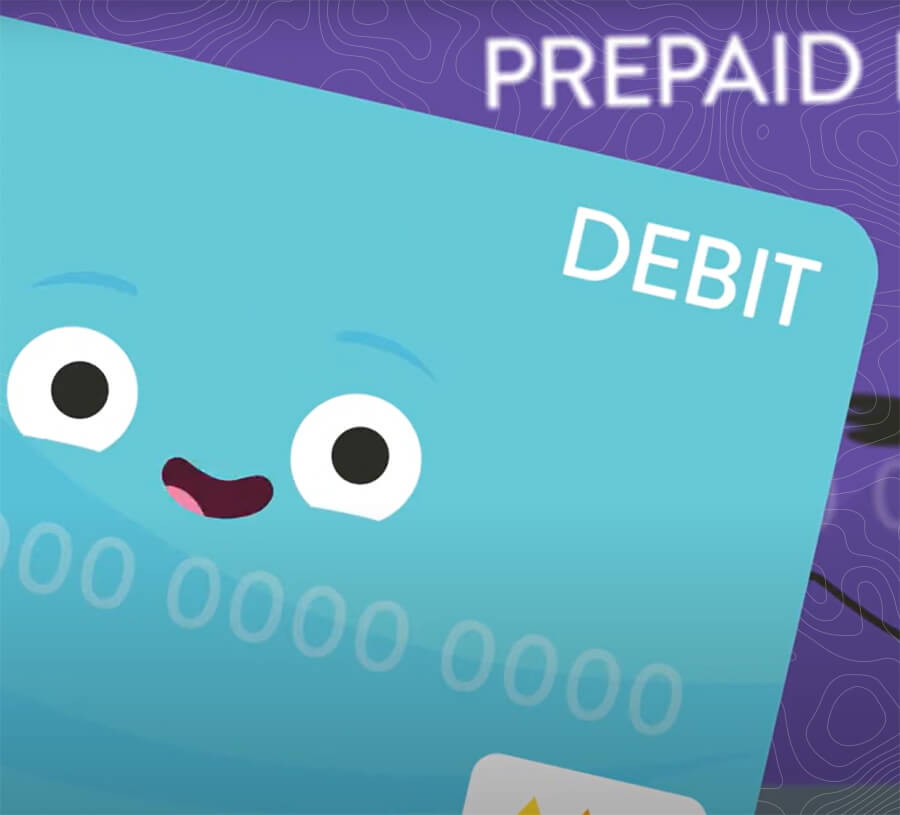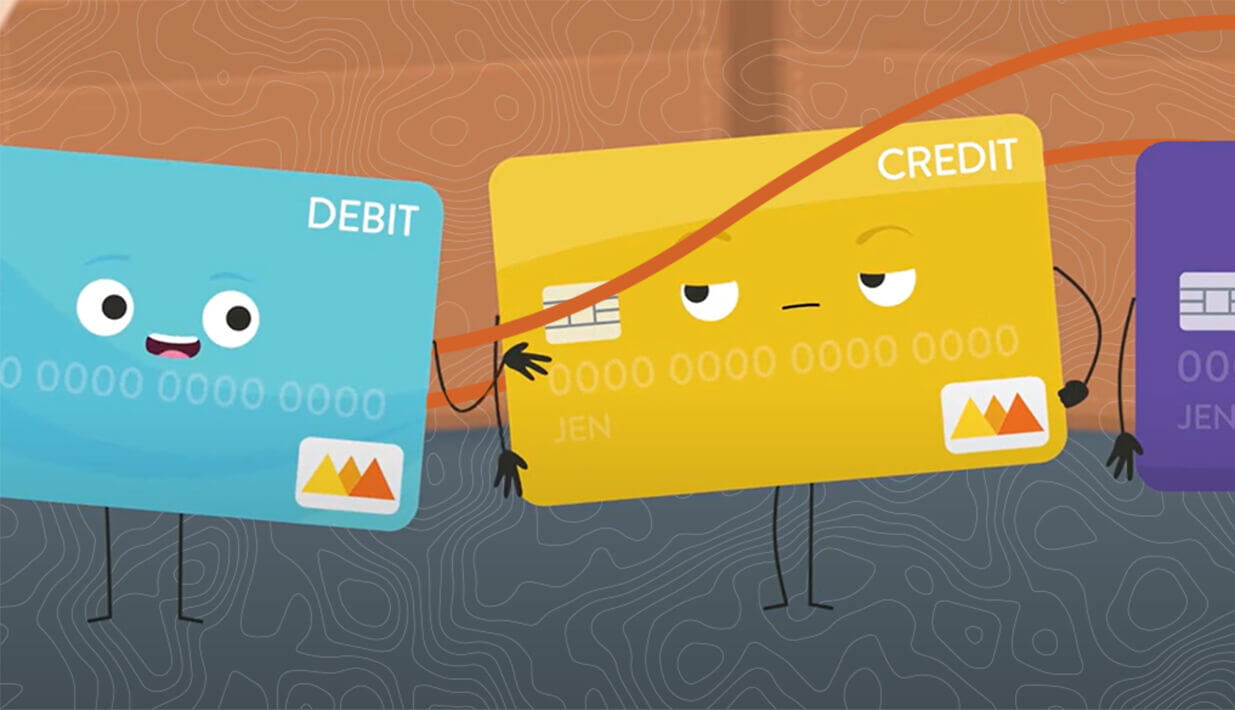Payment Cards
It's a Money Thing
Dive into our financial literacy topics and discover how you can inspire your students with valuable money management skills! Let’s work together to make financial education an exciting part of your classroom.




Privacy and security policies on the linked site may differ from Red Canoe Credit Union's. Red Canoe does not represent the third party or the member if the two enter into a transaction. Red Canoe is not responsible for the content, security, or operation of the linked site.